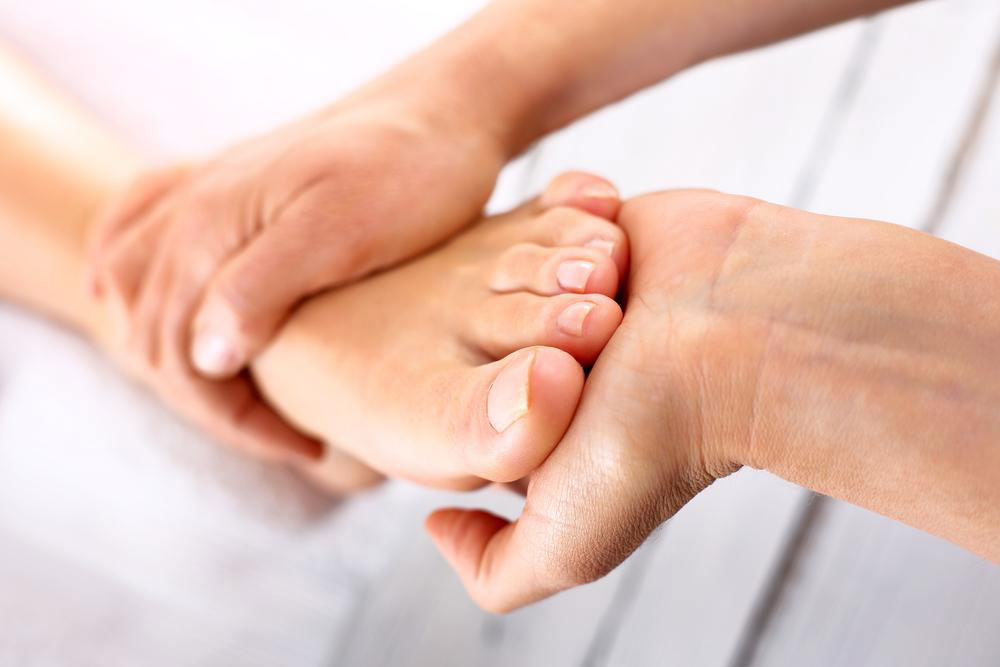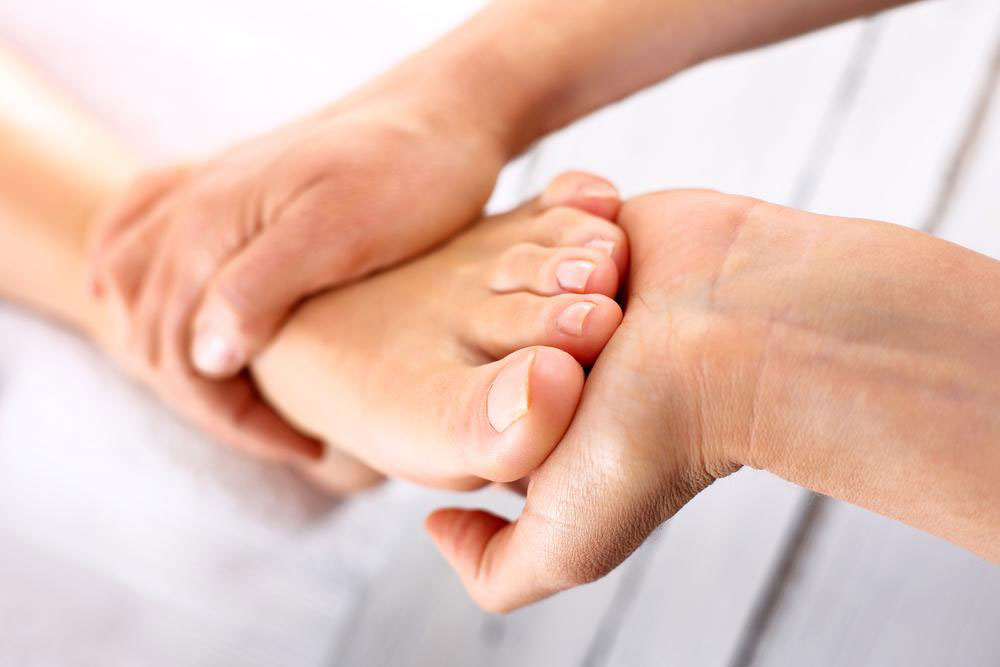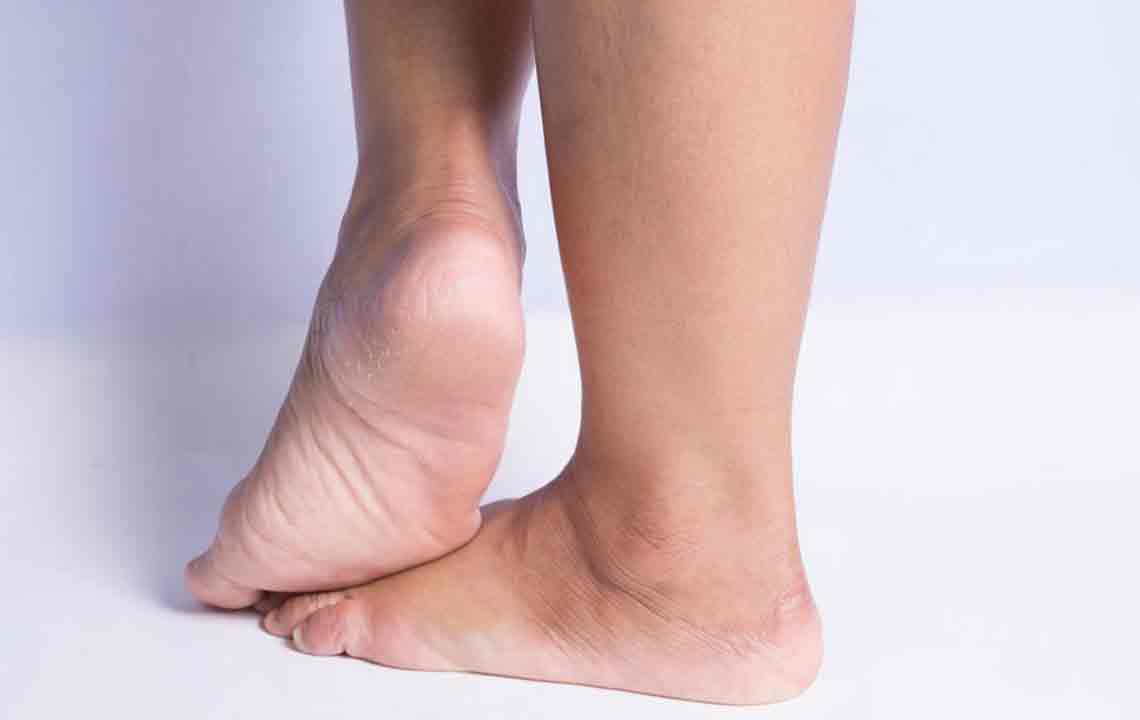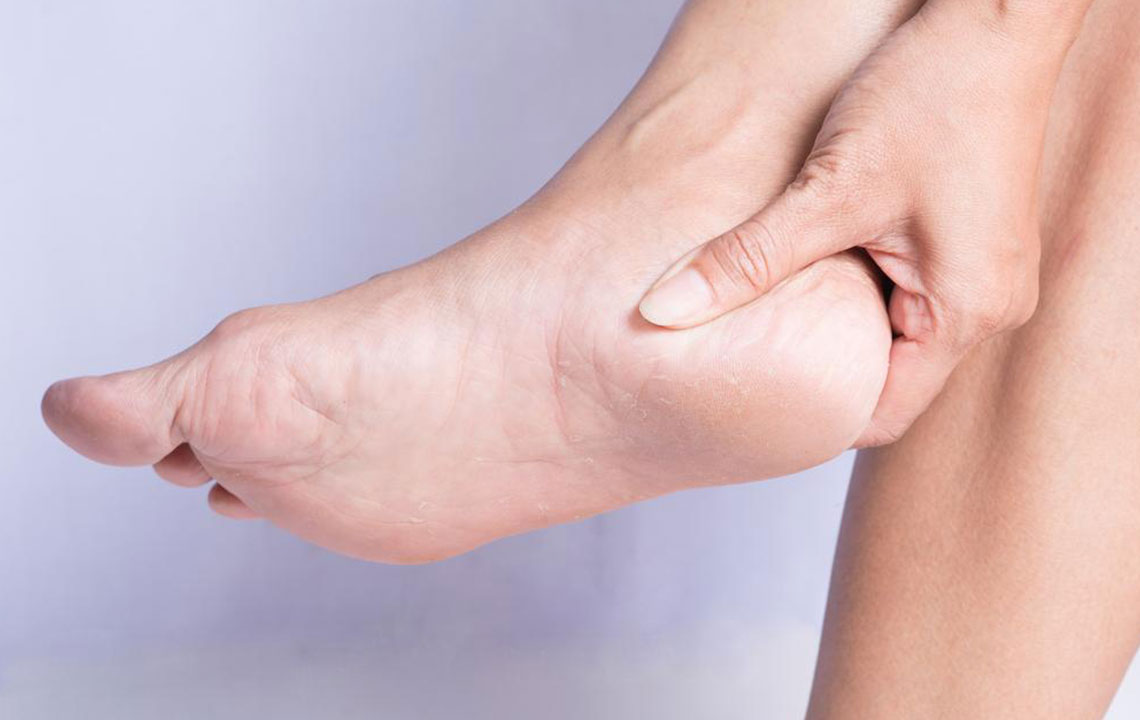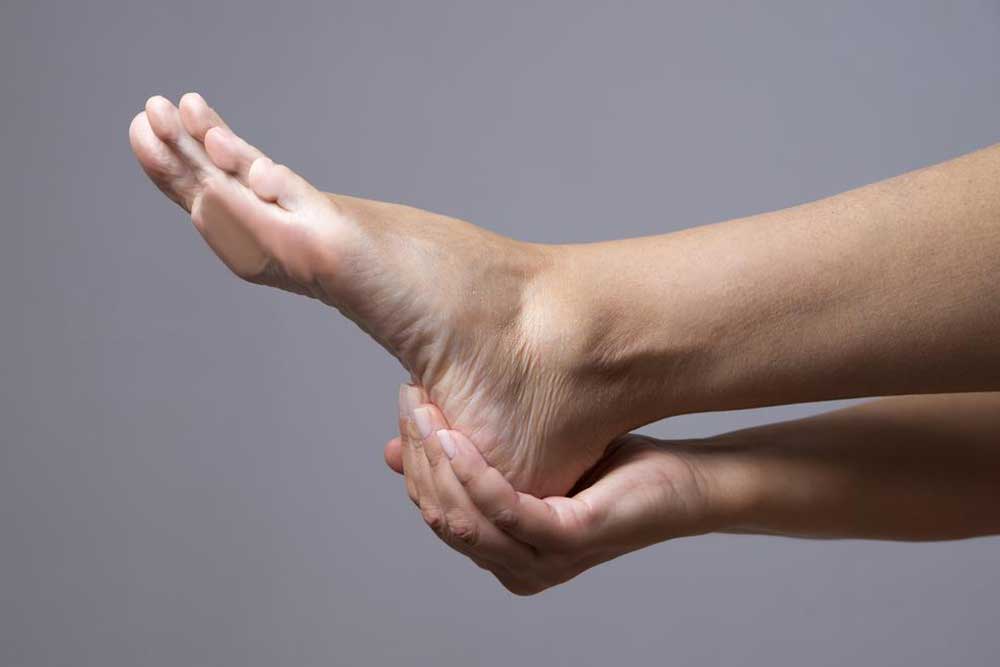Comprehensive Guide to Heel Discomfort and Its Remedies
This guide explores heel pain's causes, symptoms, and treatment options. It covers conditions such as plantar fasciitis, Achilles tendinitis, heel spurs, and more. The article emphasizes the importance of proper diagnosis and professional consultation for persistent pain, offering practical advice on home remedies and medical interventions. Suitable for those experiencing heel discomfort, it highlights prevention tips and when to seek specialist help for lasting relief.

Understanding Heel Discomfort: Causes, Symptoms, and Treatments
The heel is a crucial structural component of the foot that supports body weight and maintains arch stability. Excessive strain or overuse can lead to sudden and sharp heel pain. The severity of discomfort varies depending on its underlying cause.
If pain is accompanied by swelling or interferes with walking, immediate rest and activity restriction are recommended. Rest is often the simplest home remedy. While heel pain is typically not life-threatening, consulting a healthcare professional for proper diagnosis is advised.
Heel pain may stem from various conditions, including:
Plantar Fasciitis – Overexertion can strain or rupture the plantar fascia, connecting the heel to the foot's arch, causing severe pain at the bottom of the heel.
Achilles Tendonitis – Inflammation of the Achilles tendon linking the calf muscles to the heel can result in stiffness and soreness, leading to discomfort.
Trauma or Injury – Sports-related activities can cause heel injuries such as sprains, strains, or fractures, especially during activities like jumping or rapid direction changes.
Additional causes include:
Heel Spur – Calcium deposits may develop on the heel bone, forming a spur that causes pain, often due to excessive activity.
Arthritis – Joint degeneration or inflammation around the heel may lead to persistent pain and swelling. Osteoarthritis and reactive arthritis are common culprits.
Heel Pad Syndrome – Thinning or inflammation of the fat pad cushioning the heel results in pain and shock absorption issues.
Cracked Heels – Dryness can cause skin fissures, resulting in external heel pain without internal issues.
Sever’s Disease – Common in growing children involved in sports, it involves inflammation of the growth plate in the heel.
Factors like obesity, prolonged standing, heavy lifting, improper footwear, or flat feet can worsen heel pain. Walking barefoot and wearing tight or high-heeled shoes may also contribute. Resting and avoiding unnecessary stress on the heel are essential. Heel pain often worsens after waking up or prolonged inactivity, with symptoms like swelling, redness, or numbness. Difficulty walking or standing on toes is common.
If pain persists beyond a week, consulting a specialist is crucial. A podiatrist may conduct physical exams, X-rays, MRI, or bone scans to determine the cause. Treatment includes rest, ice/heat therapy, calf and Achilles exercises, weight management, and medications such as NSAIDs or corticosteroid injections. In severe cases, procedures like plantar fasciotomy or removal of heel spurs may be necessary. Night splints help stretch heel tendons overnight.
Note:
Our blog offers comprehensive information across various health topics. While the content provides valuable insights, it should not replace professional medical advice. Readers are encouraged to consult healthcare providers for personalized diagnosis and treatment options. The site disclaims responsibility for discrepancies or errors in the information presented.

